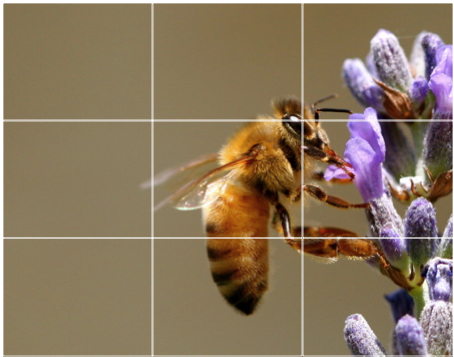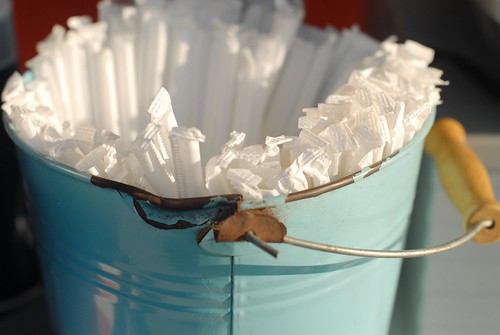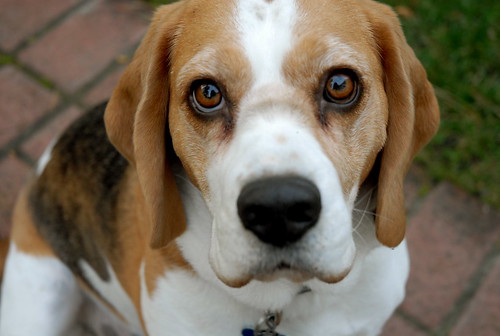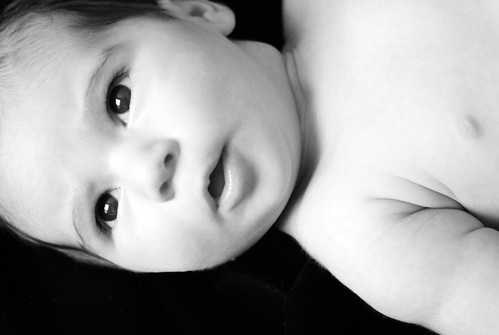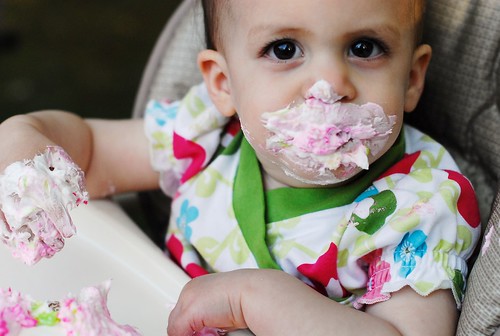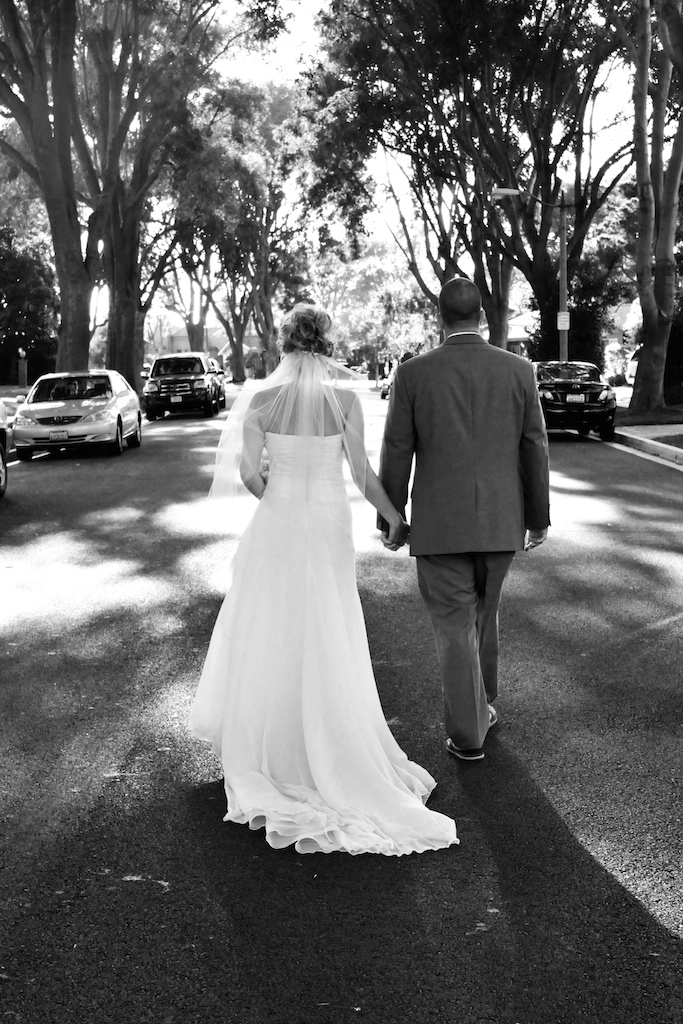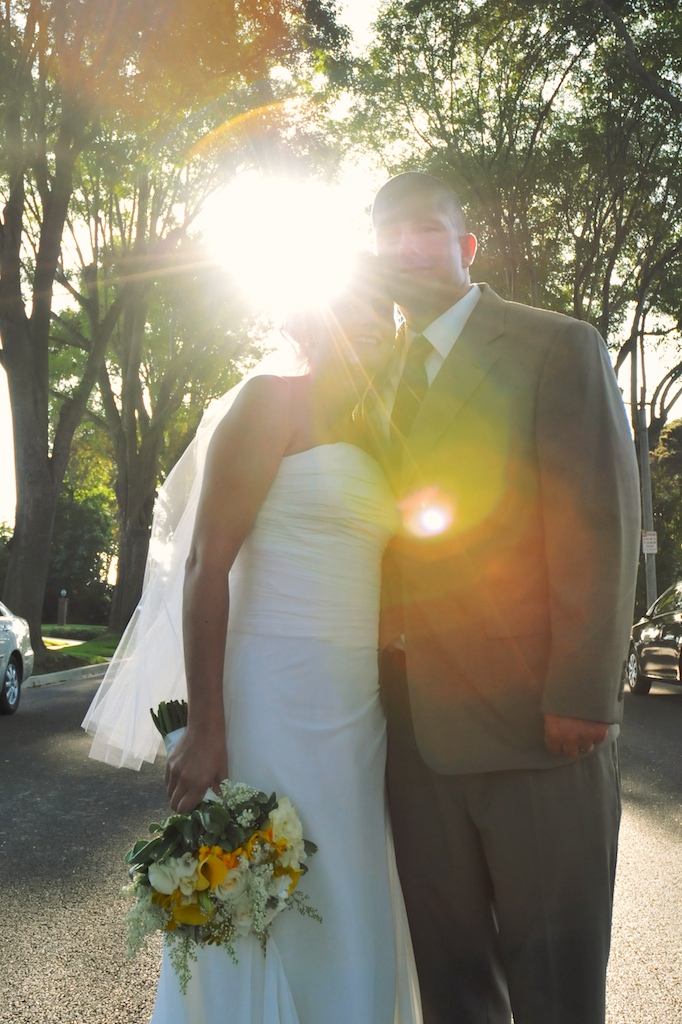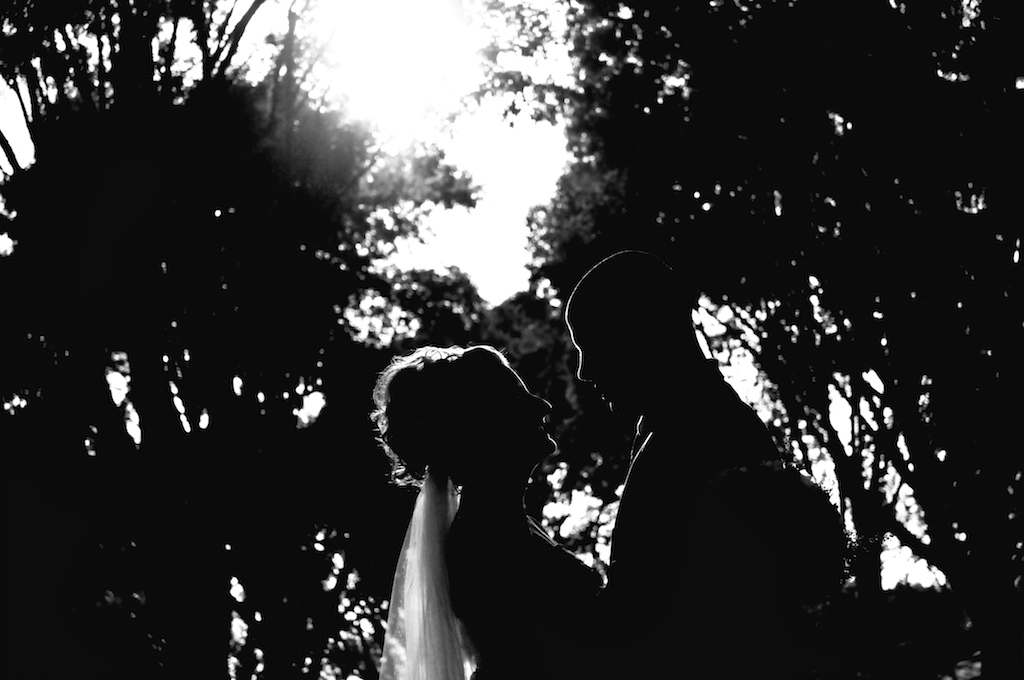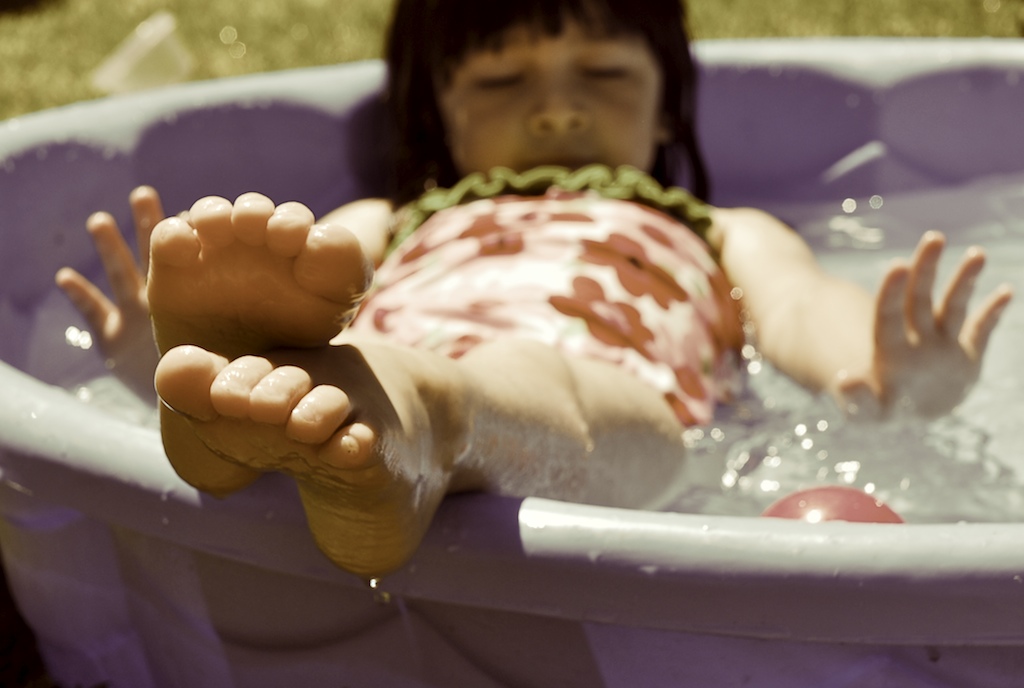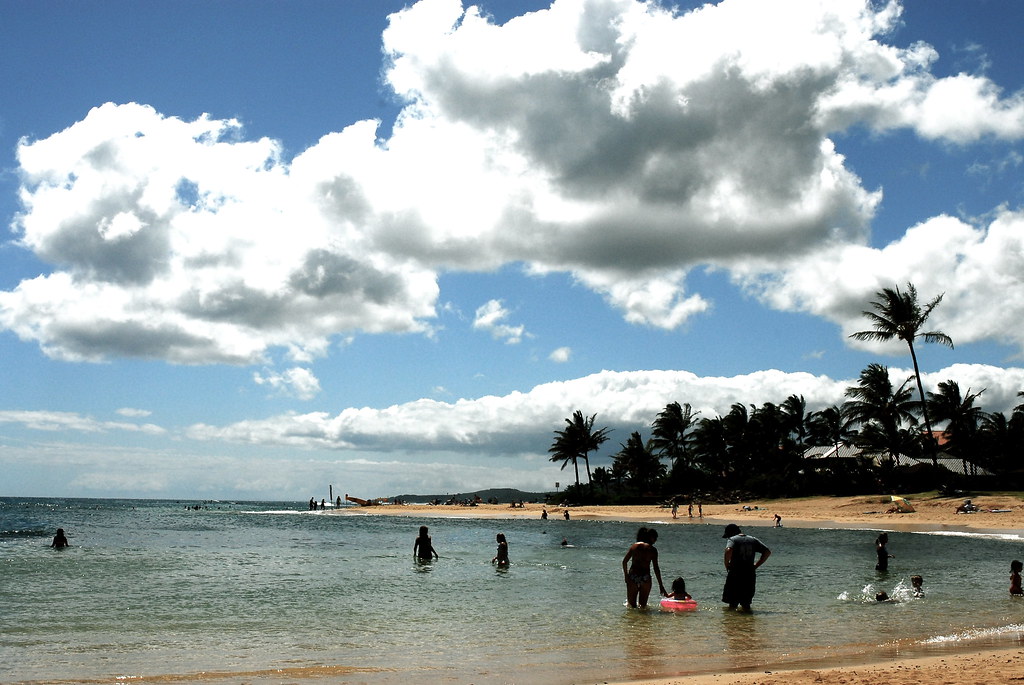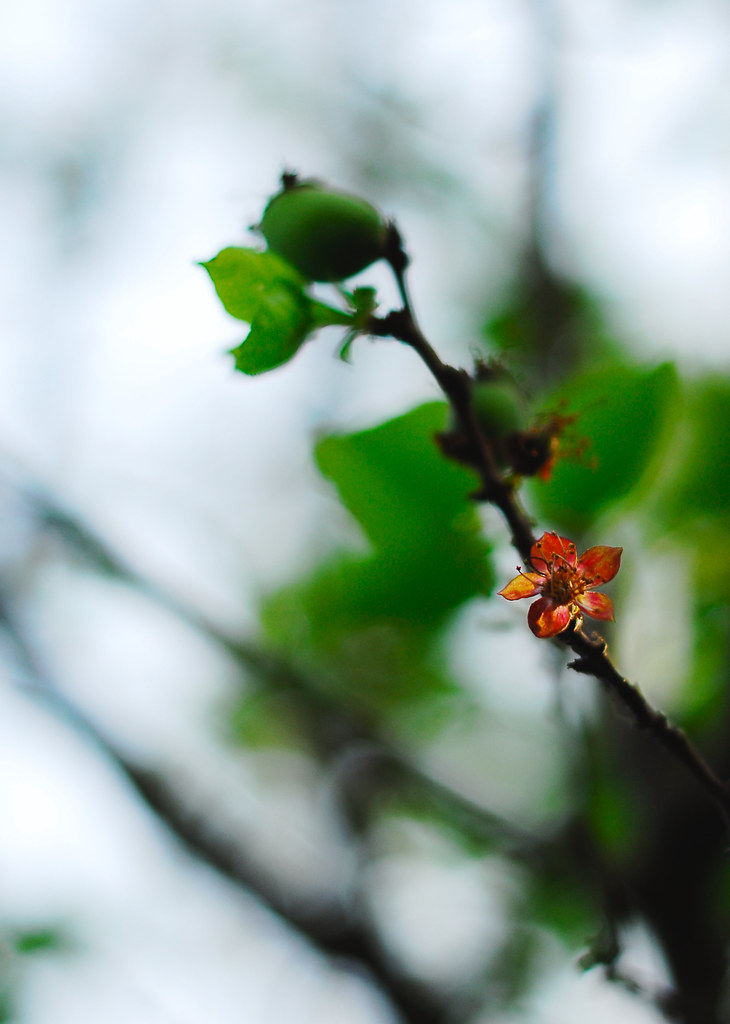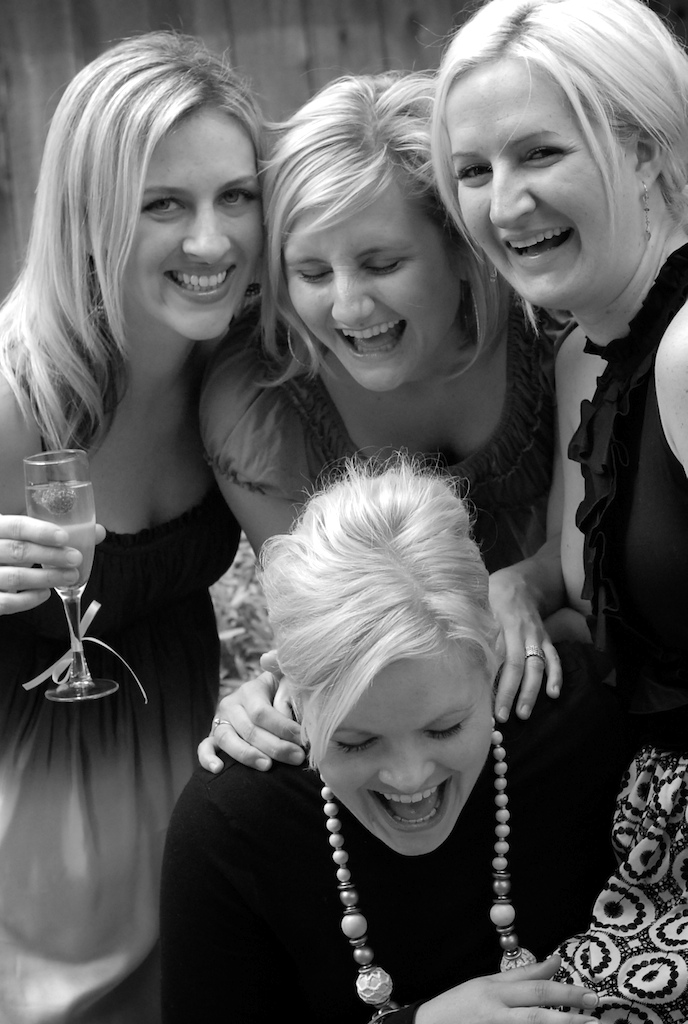
(image courtesy of information addicts)
It's summer time readers - time for BBQs, beach bonfires, lazy days, and road trips. And, for some unlucky souls, summer school. No rest for the weary here at Lens Flare HQ - I plan on continuing to post lessons through the summer. But since it is summer, and you may not have your "A" game when it comes to concentration due to sun exposure, food & drink consumption, lack of sleep, etc. I want to keep the Thursday lessons nice and easy. So I think it's a good time to kick it old school and review the basics. I'll be revamping the side bar as well, so those of you reading up for the first time can visit the archives more easily.
This is a question I get a lot, although I suspect many of you don't want to ask it via email/comments: how do I use the other camera modes? And when I say "other" I mean any mode other than AUTO. Don't get me wrong - the AUTO mode on your camera is pretty genius. It sets the shutter speed, aperture, ISO, white balance, and determines flash or no flash. That's pretty awesome. But as you push your photography further, you will find many instance where AUTO doesn't get it right. Oftentimes the lighting conditions are tricky, or you want to do something beyond the basic photo AUTO will produce. These are the times, my readers, that you will actually need to move that dial.
As you can see in the photo above, there are several modes (most likely) on your SLR. For purposes of keeping this post light & polite, I won't review the other automatic settings now. (Click here for a good summary at Digital Photography School). Most of those modes are self explanatory - for example, if you are shooting at night, perhaps the man with the star next to his head is a good mode for you to try...
No, I'm talking about the semi-automatic modes: aperture priority, shutter priority, and program mode. And, of course, manual mode.
Aperture Priority (A or AV)
Aperture Priority is a semi-automatic mode (or semi-manual, depending on how you want to look at it). Simply put, in Aperture Priority mode you select the aperture setting you want to use, and your camera selects the corresponding shutter speed and white balance that it determines is appropriate. Aperture Priority is best for instances where you need to control the amount of light coming into your camera (such as a low light situation) or where you want to control the depth of field.
For example, if you are shooting a landscape photo and you want a super-sharp depth of field, you could set the mode to Aperture Priority and then select a higher aperture setting such as f/16 or f/22. Your camera would then select the coordinating shutter speed for the shot. Remember with a smaller aperture number less light is coming into your camera, so your camera will probably set a slow shutter speed to create the right balance of light for your photo. That being said, you will need to stand very still to get a clear photo.
Shutter Priority (S or TV)
This should be no surprise if you read the above paragraph - Shutter Priority allows you to set the shutter speed, and the camera sets the coordination aperture and white balance. You might choose Shutter Priority when you are photographing moving subjects or you want to blur moving subjects, such as a running waterfall.
Program (P)
Program mode varies from camera to camera, so check your owner's manual to get the skinny on the specifics. Generally speaking, if your camera has a Program mode, it allows you to have control over 2 or more settings. For example, my camera's program mode is essentially a toggle between Aperture Priority and Shutter Priority - I can change either aperture or shutter speed, and the camera will set whichever I don't (does that make sense?).
Manual (M)
Manual mode allows you full control over the camera's settings. I know it sounds daunting, but believe me, manual mode can really come in handy. I actually shoot mostly in manual, and occasionally in Aperture Priority - I like having full control over how the photo will come out.

(photo courtesy of ManMode)
Proper Exposure for Any Mode:
The photo above is a picture of my control panel on my camera in Manual Mode - hence the M in the blue square above. The green and yellow squares show shutter speed and aperture respectively. But what I want readers to focus on is the exposure meter on the control panel - this the camera's way of telling you if the photo you are composing is exposed correctly. Ideally, after choosing your settings, the reader should be dead center (where the yellow arrow is pointing). If your meter "leans" to the left, the image is overexposed, and to the right, underexposed. To use any mode other than AUTO you must become familiar with this meter - check it before your shot to see if your choices render an evenly exposed photo, or if you need to make adjustments.
The best way to learn about modes and the exposure meter? PRACTICE PRACTICE PRACTICE. If you want ideas for how to practice in different modes, leave a comment or drop me an email.



